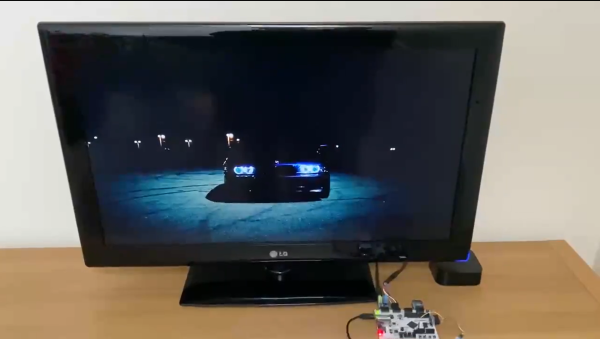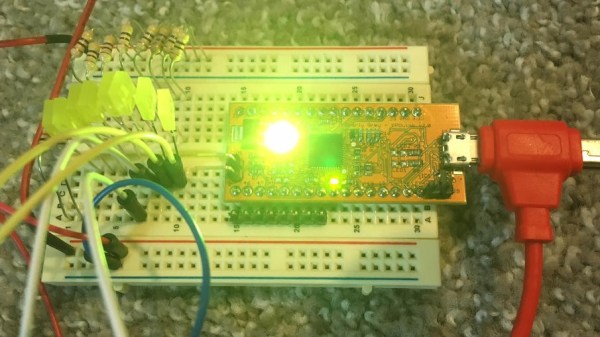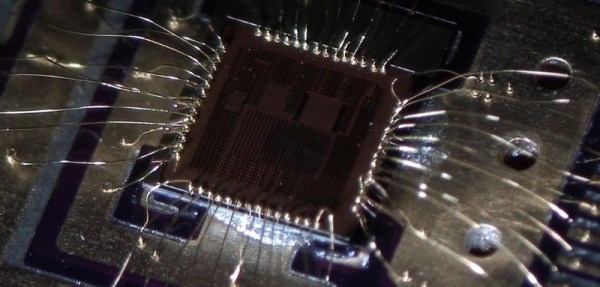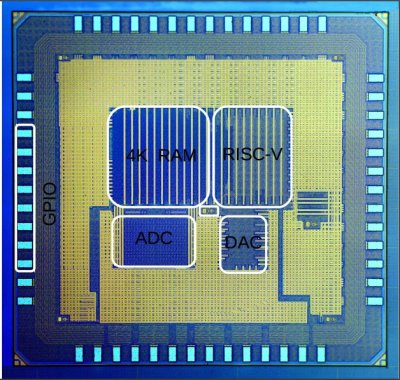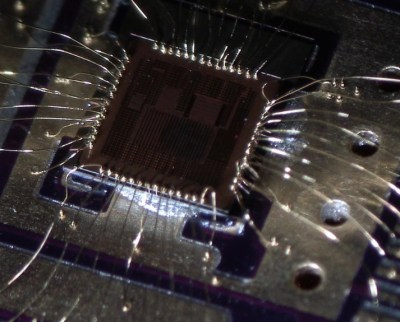It’s something of an article of faith, that to run Linux your computer must include a hardware memory management unit, or MMU. To an extent it’s true, in that for a Linux-based system to shine it must have that hardware, but in fact there has been support for MMU-less Linux for many years now. Prolific hacker [cnlohr] has created an emulated simple RISCV processor without an MMU, and not only does it run Linux, it also runs DOOM.
The videos below the break go into significant depth on writing and debugging an emulator not to mention the inner workings of DOOM, but fear not if it’s not your thing. Everything can be found in a GitHub repository, and there are straightforward instructions should you wish to try it yourself.
All this is entertaining stuff, but it becomes of much more interest when viewed as part of an ongoing chain of projects working on no-MMU Linux for low-end RISC-V microcontrollers. Imagine the prospect of running Linux on a CPU costing relative pennies, and you can see why that’s an interesting prospect. Even if it’s not the most unexpected way to run Linux without an MMU.
Continue reading “A Tiny RISC-V Emulator Runs Linux With No MMU. And Yes, It Runs DOOM!”


